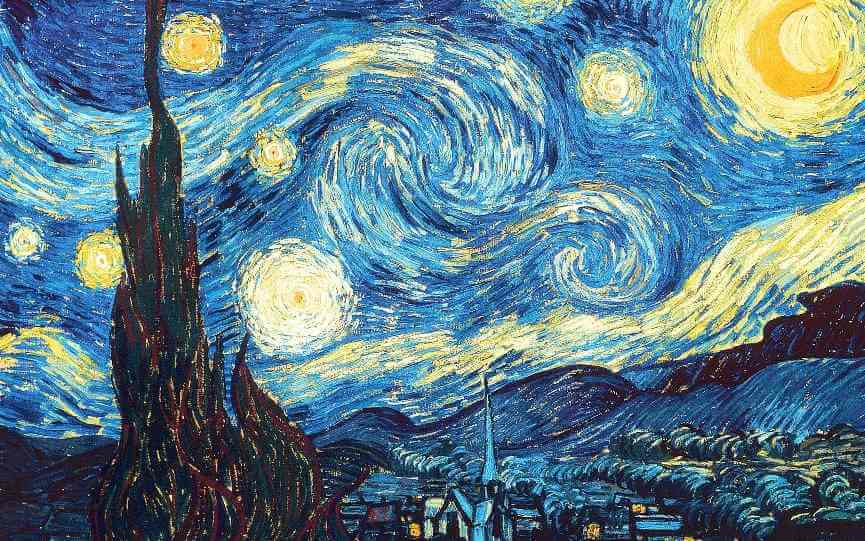I'm
starting out the New Year (2021) with some thought about themes. I think we are all tending towards abstraction, so I want to give a little introduction today into the history of abstraction, as it applies to landscape.
I found this great article at Ideelart.com, and I'll quote a bit here, then hope you go check out the entire article:
What Landscape Art Gave Abstraction
In the Mid-1800s, landscape artists began utilizing a style of painting called “plein-air,” or open-air painting. Plein-air brought painters away from their studios to paint outside. This instantly made landscape painting the most sensual way a painter could work. Compare the alternatives of historic or religious paintings, portraits, slices-of-life, still lives or animal scenes. Plein-air painting offered a world of sensual delights, such as the flickering of light off water, the changing colors of the sky, the miraculous multitude of colors lines and forms in nature.
Plein-air painting contributed directly to Impressionism’s focus on capturing the qualities of light, and to Post-Impressionism’s experimentations with color and movement. Consider Vincent van Gogh’s “The Starry Night,” a Post-Impressionist landscape masterpiece from 1889. In it, van Gogh attempts to convey emotion rather than reality, a demonstration of landscape painting as a perfect vehicle for the general artistic quest to convey the “sense” of a subject rather than its precise image.

What Abstraction Gave Landscape Art
Early abstract artists raised the stature of landscape painting by utilizing it as a genre of choice to convey their rapidly evolving methods. Georges Braque prolifically painted Fauvist landscapes, celebrating vivid, arbitrary color choices that boldly rejected the realistic palette of the depicted scene. Later, Braque, Pablo Picasso, and Albert Gleizes, the leading voices of Cubism, routinely utilized landscapes as ideal subjects through which to explore their groundbreaking ideas.
For example, must a landscape reference the land? The Chilean Abstract Expressionist painter Roberto Matta was both influenced by and championed by Hans Hofmann in the 1950s. Matta coined the term “inscape” for abstract paintings he made exploring the psychoanalytical landscape of the human mind. Matta’s “inscapes” included human thought-space within the realm of “land.” His works blended abstraction and surrealism, wildly expanding the concept of what a landscape could be.
Assignment:
1. Find at least 2 paintings online that inspire you in the New Year. Be ready to explain what you like about them.
2. Come with either a photo or an object to work with as inspiration for your "ground-breaking" idea. (Becky - you too!) Be ready to explain what about it inspires you.
Comments
Post a Comment